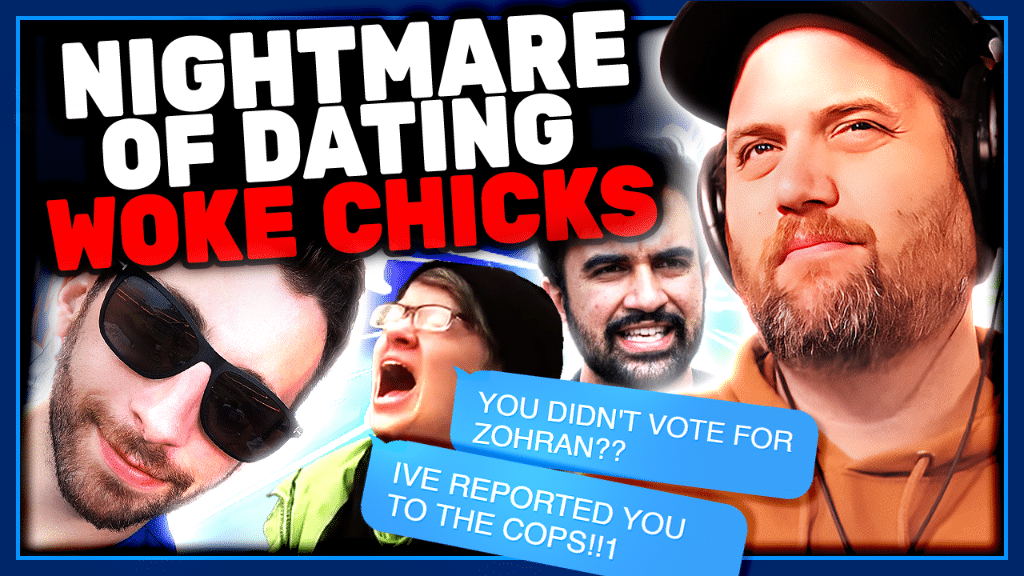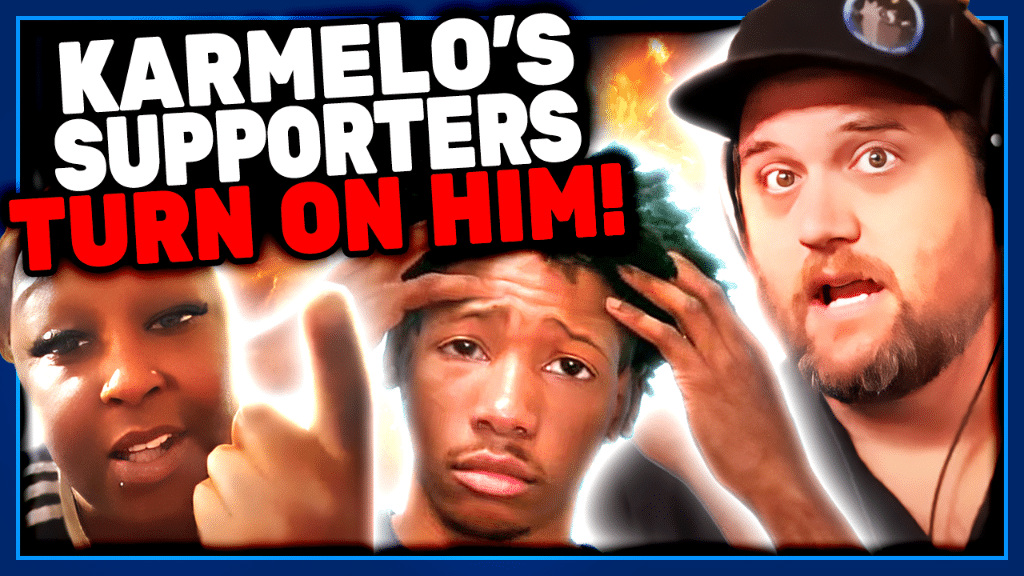Streaming Services Under Fire: More Ads, Less Value, and a War on Ad Blockers
The landscape of streaming services is undergoing a frustrating transformation, with prices continuously climbing while the value and product offerings seem to plummet. This isn’t just a trend affecting one platform; we’ve seen it across Netflix, Amazon Prime, and Hulu, and now, YouTube is bending the knee to what we see as greed, following in the footsteps of Amazon Prime by cramming more ads into its premium tiers and escalating its war on ad-blocking software.
We’ve observed this pattern firsthand. Remember when Amazon Prime promised an ad-free experience, only to later introduce ads unless subscribers paid even more money? This effectively serves as an artificial price increase, breaking original terms of service. The same frustrating trend is evident on platforms like Hulu, where despite costing $80 to $90 a month (potentially over $100 with live programming), we’ve encountered jarring three-minute ad blocks every five to seven minutes of a show, reminiscent of old-school terrestrial TV. The presence of ads on streaming services is truly immersion-breaking.
YouTube’s Premium Tiers: A Disappointing Evolution
For years, users have sought ways to avoid ads on YouTube, leading many to use ad blockers. While we rely on ads for our livelihood and encourage alternative support methods like Super Chats or purchasing our coffee, YouTube’s recent moves are concerning.
YouTube previously offered two premium options: YouTube Premium at $13.99 a month and YouTube Premium Light at $8 a month. However, YouTube Premium Light, despite its cost, still serves ads. While it was advertised as offering “most videos are ad-free,” particularly for categories like gaming, comedy, cooking, and learning, it explicitly excludes music videos. Furthermore, Premium Light does not include essential mobile features like offline downloads or background play. These features, along with ad-free viewing, were once standard for Premium subscribers and are crucial for users who travel and want to watch videos without interruption.
Just three months after its introduction, YouTube is already increasing the number of ads that Premium Light users will see. Subscribers were notified via email that, starting June 30th, ads may appear on Shorts in addition to music content when they search or browse. This change is particularly impactful given that YouTube continues to be one of the internet’s most popular music streaming services. Essentially, to truly go ad-free and retain original Premium features like offline and background play, users now have to pay an additional $6 a month, bringing the total to nearly $15 a month. This value proposition is questionable when compared to past services like Netflix, which at a similar price point offered exclusive content like “Stranger Things” along with a vast library of movies and TV shows.
The Escalating War Against Ad Blockers
YouTube has been at war with ad blockers since 2024, making it increasingly difficult for users to avoid ads. Beyond increasing ad frequency and length on the free version of the service, YouTube has ramped up its direct confrontation with ad-blocking software. Recently, desktop browser users with ad-blocking extensions have been greeted with pop-ups demanding they disable their ad blocker or subscribe to YouTube Premium.
We believe Google, YouTube’s owner, might be using the overwhelming prevalence of annoying advertising as a tactic to essentially bully people into paying for YouTube Premium by making the free experience unusable. This isn’t YouTube’s first foray into combating ad blockers; past tests have included blacking out videos or even hard-coding advertisements into the video itself if a blocker was detected. The underlying message from YouTube seems to be a warning: “we can tell you’re blocking ads, and we can just shut off your access to the de facto homepage of the web if you keep doing it”. It’s plausible that the next step could be YouTube outright blocking anyone unwilling to watch ads or pay for premium, potentially transforming it into a platform akin to Hulu or Netflix.
From our perspective as content creators who also understand online marketing, forcing ads on users who don’t want to see them is not a good business move. As advertisers, we wouldn’t want to pay for ads to be shown to people who are unlikely to convert and who might develop a negative opinion of our brand due to forced viewing. If users prefer ad blockers, we believe they should be allowed to use them.
For those seeking an ad-free experience, we continue to recommend watching our videos primarily on Rumble, where Rumble Premium genuinely blocks all ads and offers additional premium content that YouTube does not. The tension between YouTube users and advertisers appears far from over.













